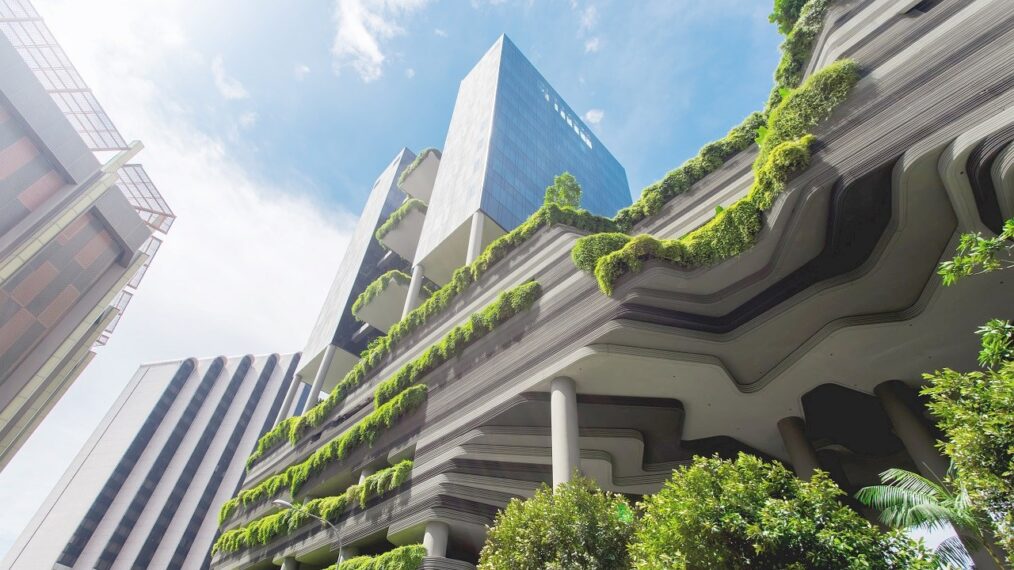The LEED certification for commercial building projects is gaining increasing popularity among builders and developers as an effective way to ensure environmental sustainability. With its focus on energy efficiency, water conservation and the use of recycled materials, this type of certification provides a range of advantages for those involved in construction projects.
From cost savings to improved air quality and reduced carbon footprint, there are many compelling reasons why LEED-certified buildings are becoming more commonplace in the modern world. In this article we will explore some of these benefits and consider how they can benefit both private businesses and society at large.
Increased Efficiency and Lower Operating Costs
LEED certification has numerous advantages for buildops commercial construction glossary, including increased efficiency and lower operating costs. By investing in LEED certified buildings, businesses can benefit from improved energy performance, which reduces the amount of energy needed to keep the building operational. This leads to cost savings on electricity bills as well as reduced maintenance costs due to more efficient systems running longer with fewer repairs.
Additionally, through LEED certification businesses may be eligible for local or federal incentives and grants that further help cut down expenses associated with new builds or renovations. Furthermore, a LEED-certified building adds value by demonstrating a commitment to sustainability; renters may be willing to pay higher rents while buyers will often pay higher prices upfront when they know their purchase meets green standards set out by the US Green Building Council. In summary, opting for LEED Certification not only helps reduce operating costs but also contributes towards greater efficiency within commercial buildings thus providing multiple benefits both financially and environmentally over time.
Enhanced Environmental Performance

LEED certification provides an enhanced level of environmental performance for commercial building projects. From conserving energy and water to using materials with low-impact on the environment, LEED certified buildings have a reduced impact on the planet. To gain this certification, commercial building projects must meet strict standards in areas such as resource efficiency, indoor environmental quality, and site sustainability. By installing energy efficient lighting systems or adding renewable sources of energy like solar panels, businesses can dramatically reduce their carbon footprint while also saving money on utility bills over time. Moreover, choosing sustainable building materials ensures that your project wont be contributing to deforestation or air pollution caused by manufacturing processes. LEED certified buildings not only help protect our planet but they also add value to your property by signaling green credentials and promoting local jobs related to eco-friendly construction practices.
Positive Impact on the Community and Local Economy
LEED certification for commercial building projects has a positive impact on the community and local economy. By investing in green building, businesses may reduce operating costs over time due to the energy and water efficiency of LEED certified buildings. This can lead to increased job opportunities as well as lower taxes. Additionally, LEED certified buildings are often associated with an increase in property values, which can be beneficial for nearby businesses or residences. Furthermore, LEED certified building also serves as an example of environmental stewardship that could inspire others within the community and beyond to take similar steps towards sustainability. Ultimately, these advantages create both short-term economic benefits and long-term investment opportunities while helping ensure a healthy future for our planet.




